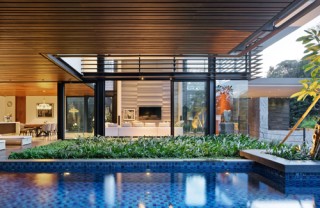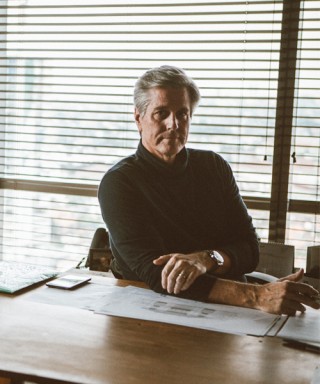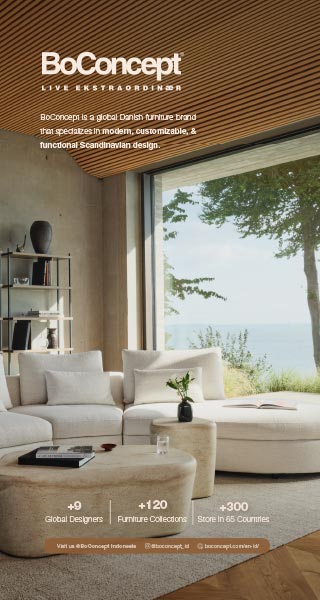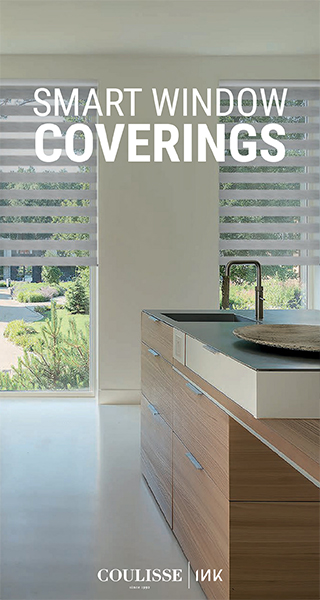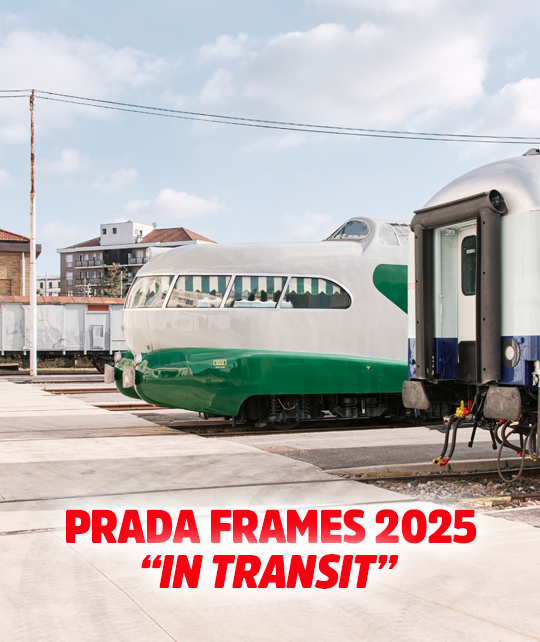
PRADA FRAMES 2025: “IN TRANSIT”
Published by Sugar & Cream, Thursday 12 June 2025
Images courtesy of Prada
A Moving Conversation on Design, Infrastructure, and Society
As Milan swells with design devotees for Salone del Mobile, a quieter yet no less compelling narrative unfolds beyond the fairgrounds. Now in its fourth edition, Prada Frames—the annual symposium curated by the design and research studio Formafantasma—returns as a critical forum exploring the cultural and ecological implications of design. More than an event, it is a platform where scholarship and spatial poetics converge.
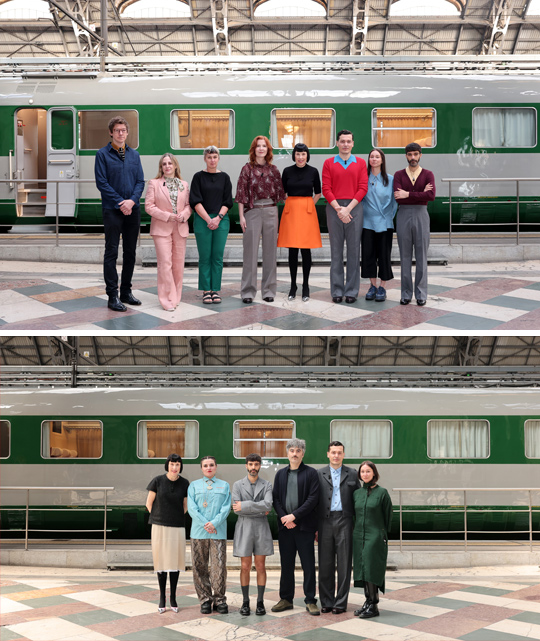
Alice Rawsthorn, Jesse LeCavalier, Marina Otero Verzier, Rose George, Kate Crawford, Alice Rawsthorn, Simone Farresin, Natalia Grabowska, Andrea Trimarchi | Alice Rawsthorn, Nelly Ben Hayoun, Andrea Trimarchi, Giacomo Abbruzzese, Simone Farresin, Natalia Grabowska

This year’s edition, titled In Transit, delves into the complex networks that enable and constrain movement—of people, goods, information, and power. In doing so, it reframes infrastructure not merely as utility, but as a living, ideological construct—one that underpins contemporary life yet often remains unseen.
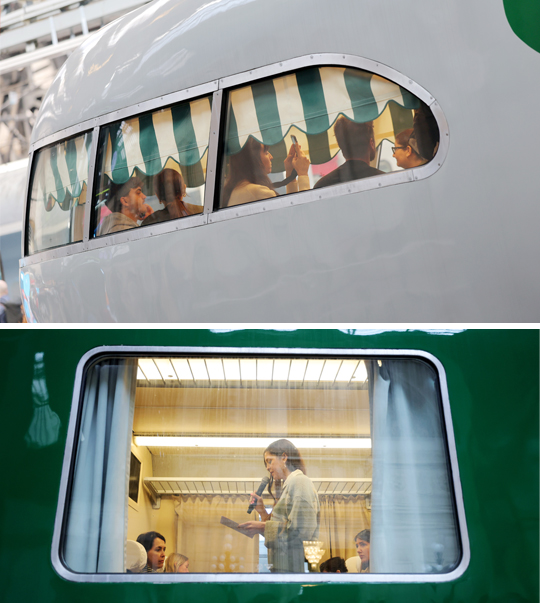
Far from showcasing product, Prada Frames occupies a rarefied position within the design week landscape, one where inquiry supersedes consumption. The symposium invites architects, designers, historians, scientists, and philosophers to examine the built and unbuilt systems shaping global mobility—raising urgent questions about access, inequality, and the contradictions of hyper-connectivity.

Presented by Molteni&C
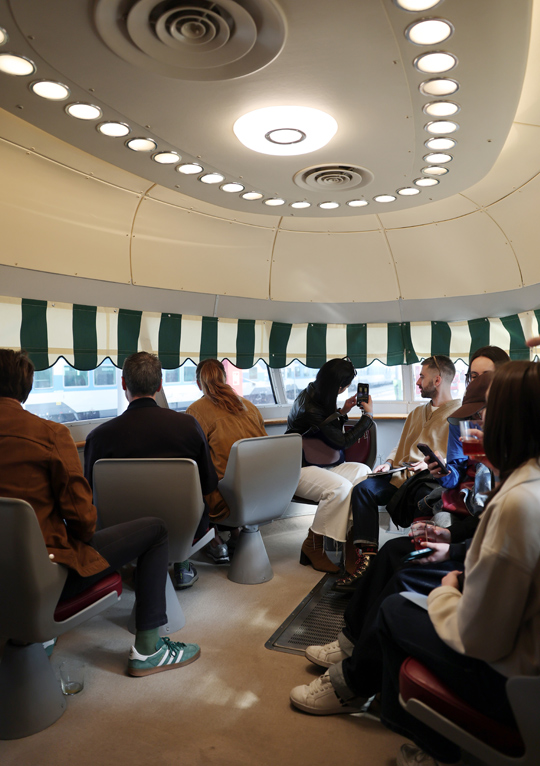
At the heart of this intellectual voyage is a striking pairing of venues, each steeped in history and resonance. One is the Arlecchino, a 1950s train designed by Gio Ponti and Giulio Minoletti, recently restored by Fondazione FS Italiane. With its aerodynamic silhouette, glass partitions, and swivel armchairs, the Arlecchino becomes a metaphor in motion: a space of reflection gliding through the Italian landscape.
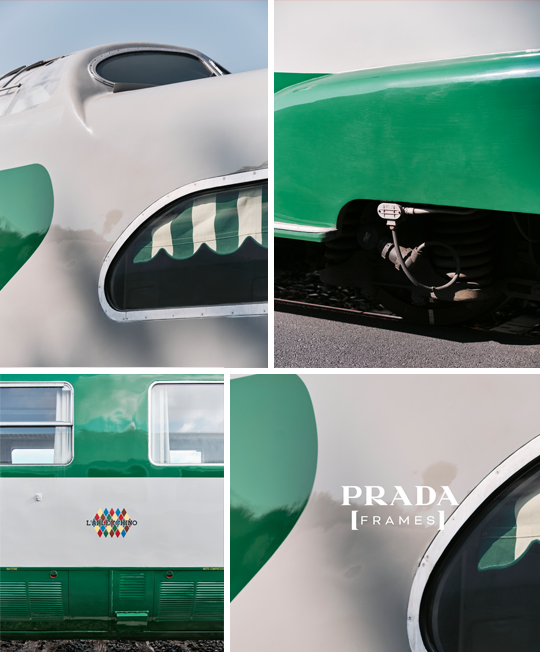
Equally evocative is the Padiglione Reale within Milan’s Central Station—once a private waiting room for royalty and dignitaries. Rarely open to the public, the pavilion offers an opulent, almost cinematic backdrop for discussions on privilege, access, and the symbolic architecture of power.
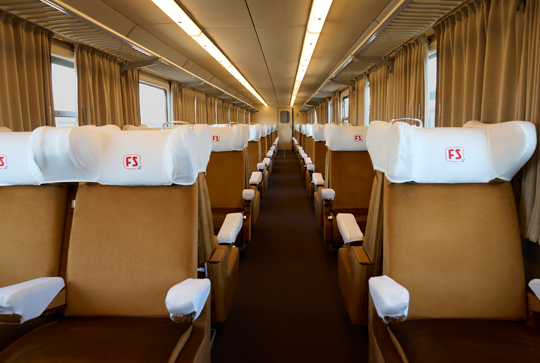
Together, these spaces not only house the dialogue but enhance it—projecting meaning through material, context, and form. They allow architecture to act not simply as a frame for conversation, but as an active participant in it.
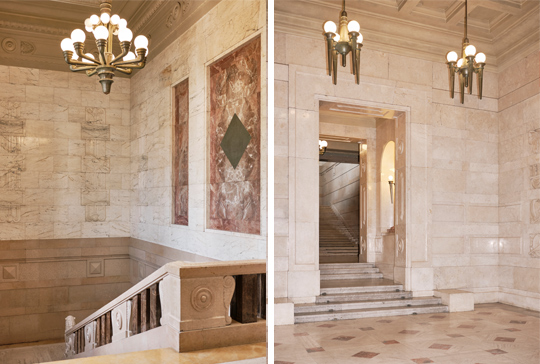
 710
15/12/2025
710
15/12/2025
CIERRE1972 PRESENTS BELT AND MAC: TWO ARMCHAIRS DEFINED BY CONTEMPORARY ELEGANCE
Cierre1972’s Dynamic Duo, Defined by Contemporary Elegance
read more 3.46K
15/12/2025
3.46K
15/12/2025
PORADA PRESENTS (NEW) KOJI — A SCULPTED EXPRESSION OF COMFORT AND CRAFT
Soft in spirit yet strong in design, Koji embodies Porada’s belief that true comfort begins with craftsmanship.
read more 12.88K
20/11/2025
12.88K
20/11/2025
JAIPUR RUGS X PETER D’ASCOLI PRESENTS THE GILDED AGE COLLECTION (2025)
The Gilded Age collection by Jaipur Rugs X Peter D’Ascoli channels the decadent glamour of 19th-century design into bold, hand-knotted rugs that exude...
read more 10.93K
03/12/2025
10.93K
03/12/2025
LIVING DIVANI ILLUMINATES THE FESTIVE SEASON IN SHADES OF DEEP RED AND LUMINOUS SILVER
Living Divani illuminates the festive season in shades of deep red and luminous silver, reimagining its iconic designs with festive radiance.”
read more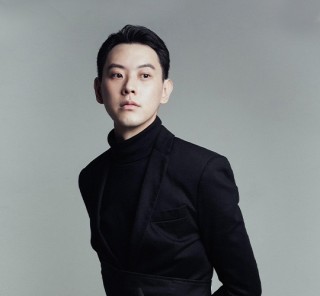 80.69K
10/01/2025
80.69K
10/01/2025
W RESIDENCE IN SOUTH JAKARTA BY MICHAEL CHANDRA
Michael Chandra, founder of MNCO Studio Design has created the W Residence with an aesthetically pleasing, practical, and pleasant home from all...
read more 44.42K
11/07/2025
44.42K
11/07/2025
PELUNCURAN PERDANA LEGANO HOME MENGGANDENG AGAM RIADI DI ST REGIS RESIDENCE JAKARTA
Peluncuran perdana LEGANO HOME menggandeng Agam Riadi di St. Regis Residence Jakarta: menyatukan kemewahan dan jiwa dalam sebuah ruang.
read more



